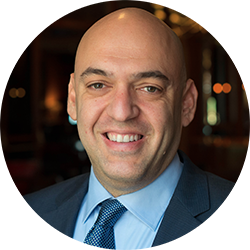Ever been pulled over or arrested by the police following a traffic stop? Did you wish you had a video and audio recorder in your car so you could prove that the cop’s version of events was wrong? In California, starting on January 1, 2011 you can do just that. That’s right, on New Year’s Day on 2011, a revision to California Vehicle Code Section 26708 goes into effect and drivers will be permitted to install “video event recorders” on their windshield. This will allow for drivers to record their driving, conversations with passengers, and arguably, encounters with the police. Until now, such cameras were illegal under the premise that it obstructed or reduced the driver’s view. However, there are strict requirements for these cameras:
- Video recorder must have to the “capability of monitoring driver performance to improve driver safety.”
- Recorder must be capable of recording audio, video and G-Force levels.
- Recorder must automatically save recording and data when triggered by crash or unusual driving action or when recorder is adjusted by driver to do so.
- Recorder cannot store more than 30 seconds of video, audio and data before or after the “triggering event.” (We have lots to say about this, read below).
- Camera must be outside of the airbag deployment zone and in a seven inch square on the lower right corner of the windshield, or a five inch square in the lower left corner of the windshield.
- Notice must be posted in a visible place in the vehicle that notifies the passenger that conversations are being recorded.
The purpose of this law is to encourage commercial drivers like truckers and shuttle operators to drive safely. But the law allows any driver to use this device. As a criminal defense lawyer, what interests me is seeing how this recorder can be used to record people’s driving before being stopped by the police and more importantly, how this can be used to record people’s encounters with the police. This could be vital in cases where issues such as probable cause or consent to search a vehicle, performance on Field Sobriety Tests, or the police’s conduct towards a driver.
Of course, the law provides that the video recorder must record in a loop and must only save 30 seconds worth of data before or after “the triggering event.” This may be a hurdle in recording a lengthy police encounter. But the issue that should be litigated is what is the “triggering event”? 30 seconds after what triggering event? The incident that caused a traffic stop? The entire police encounter? This is an issue that will be hashed out in the courts, especially since violating the “video event requirements” is a violation of the Vehicle Code. We wonder why 30 seconds is the allotted amount of time in the first place. If this video event recorder is placed in a private vehicle and there is notice to passengers that it is being recorded, who cares how long it records for? The owner of the car can turn it off at anytime, so this should help privacy concerns for private citizens. The police know full well that they have no expectation of privacy during a traffic stop. California Highway Patrol and most other police agencies are now equipped with dashboard video and remote audio that records traffic stops anyway. Why shouldn’t citizens have this same right?

